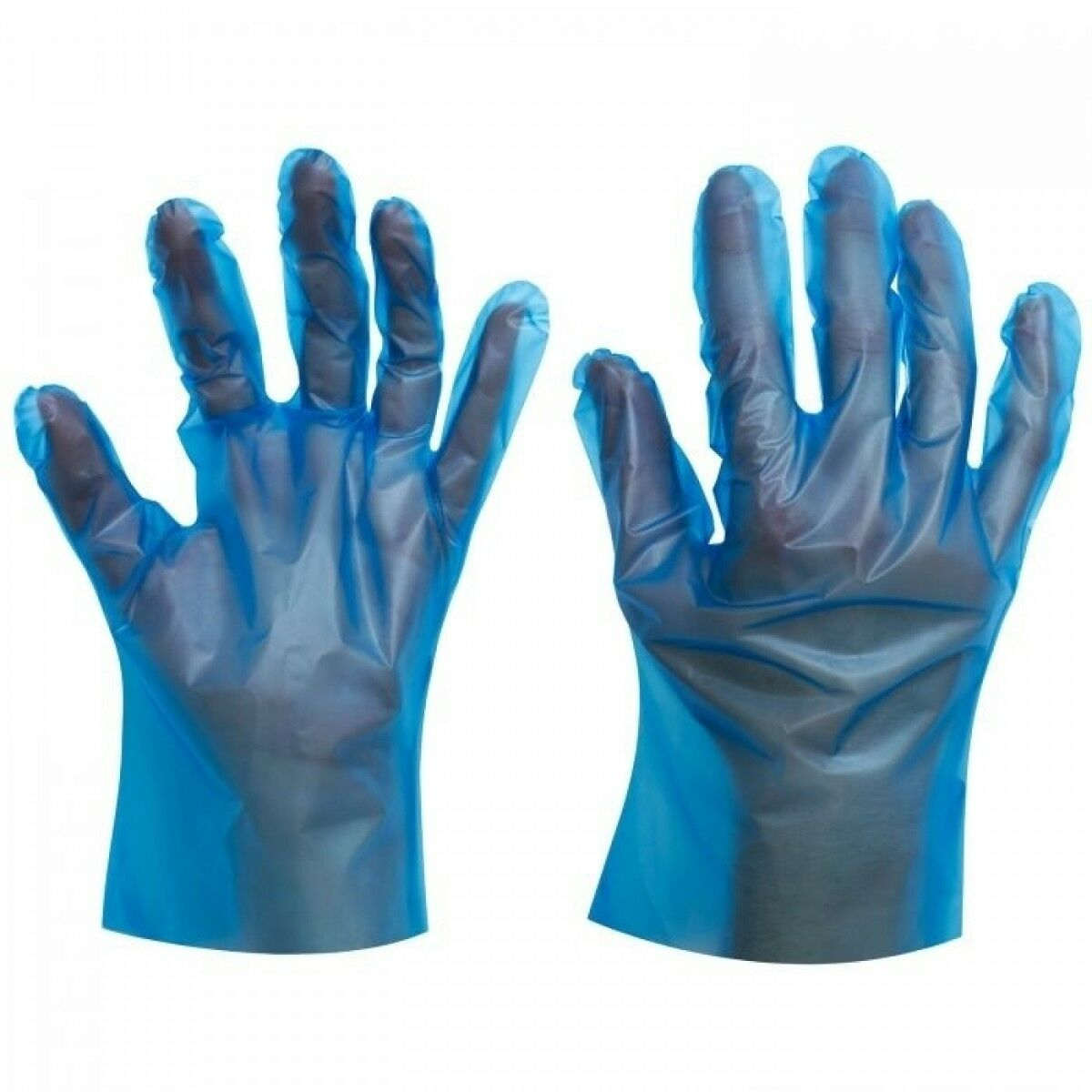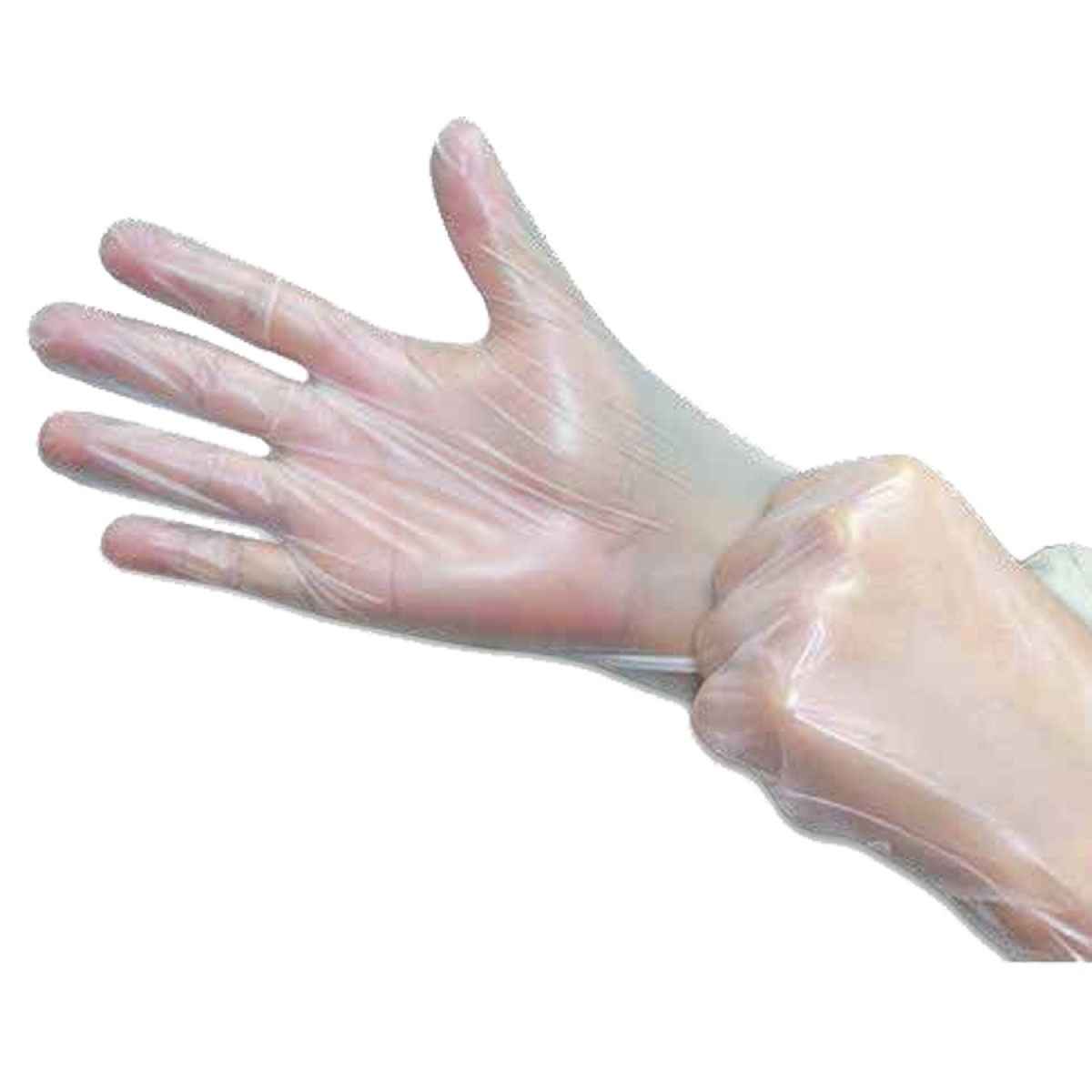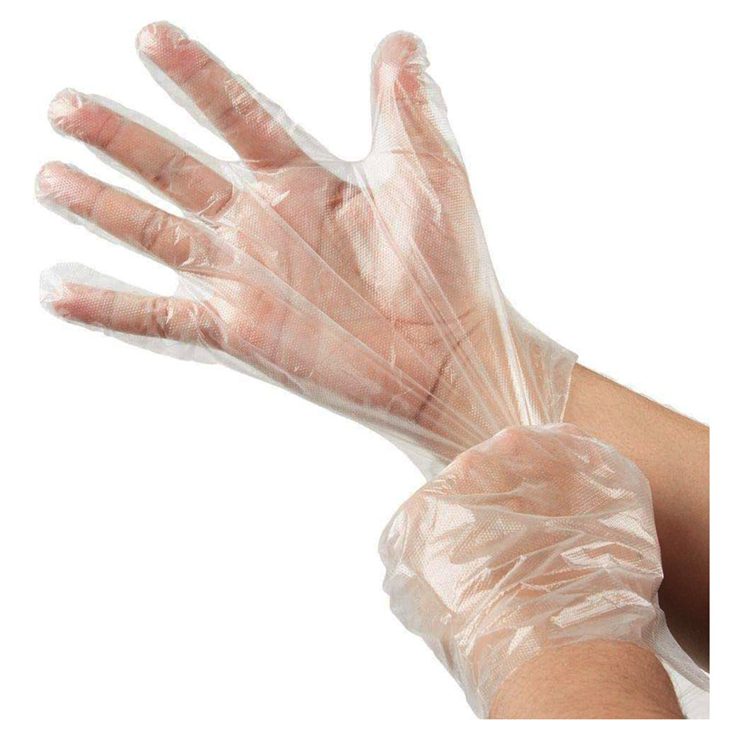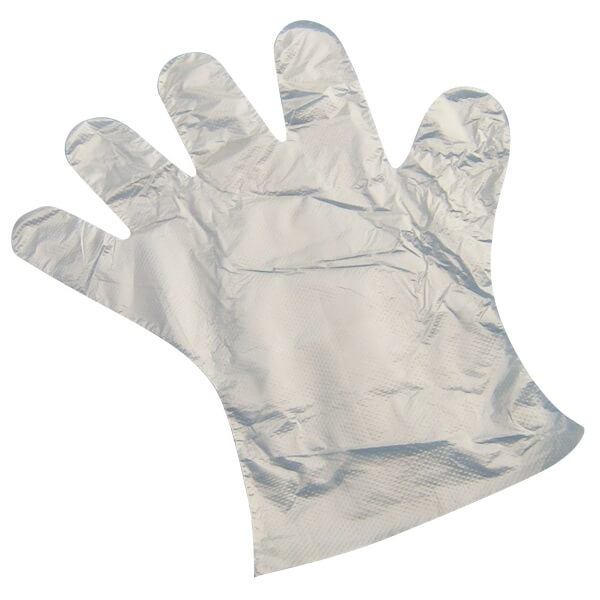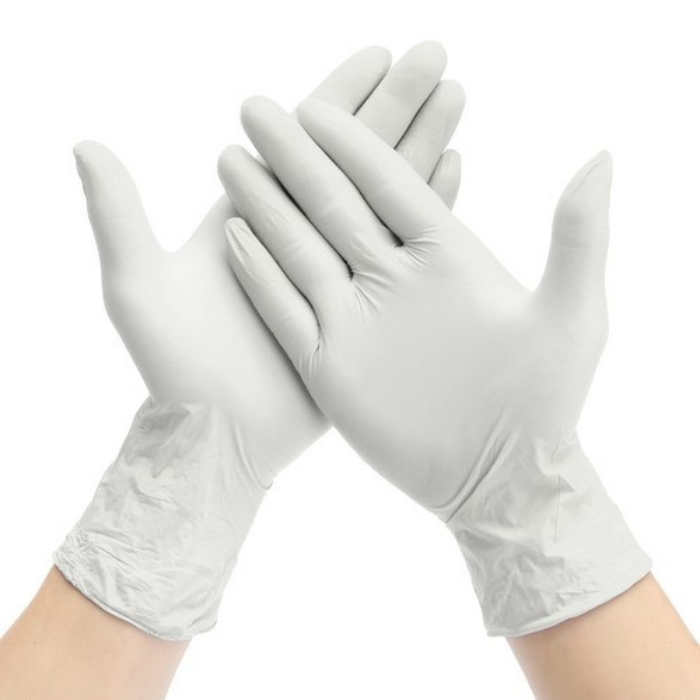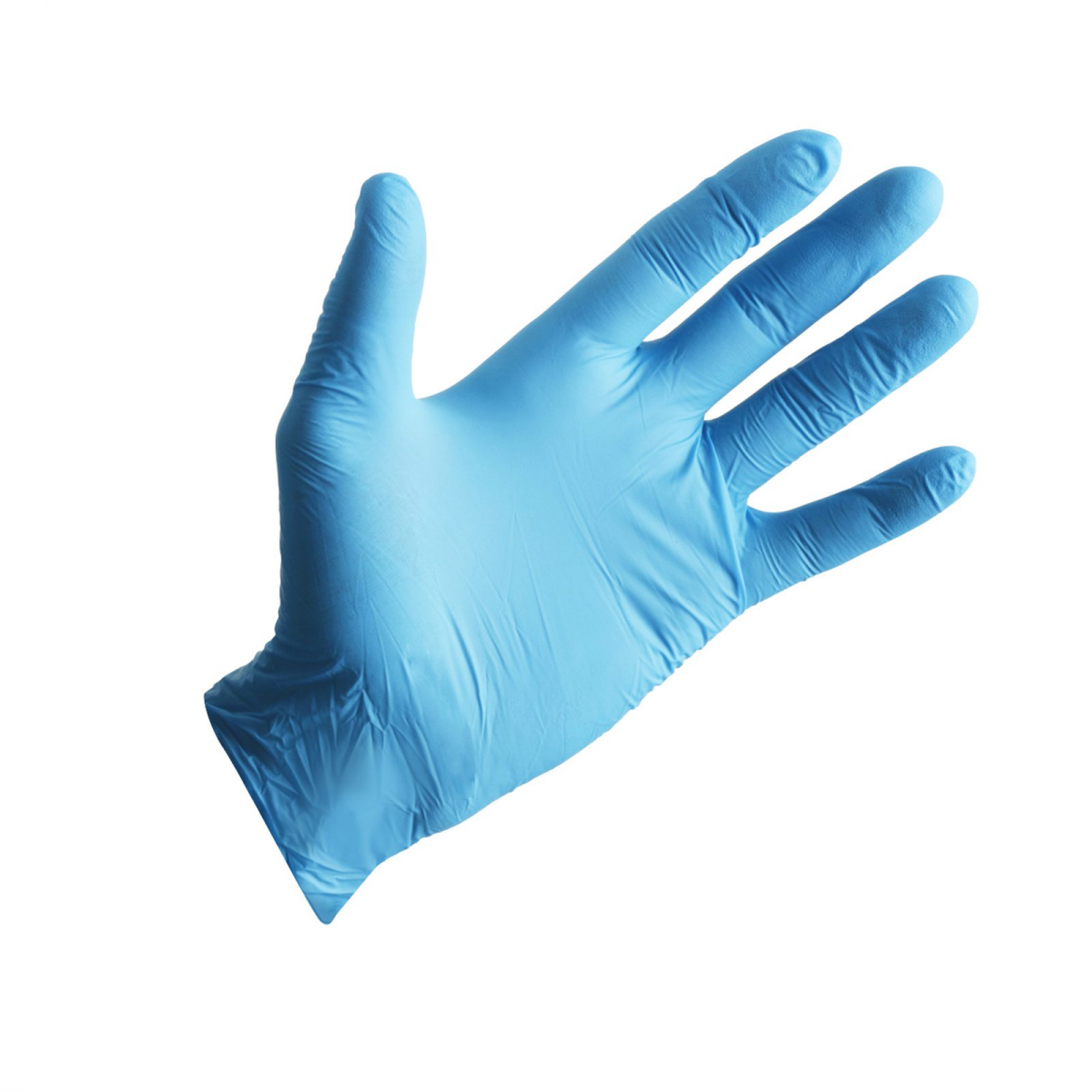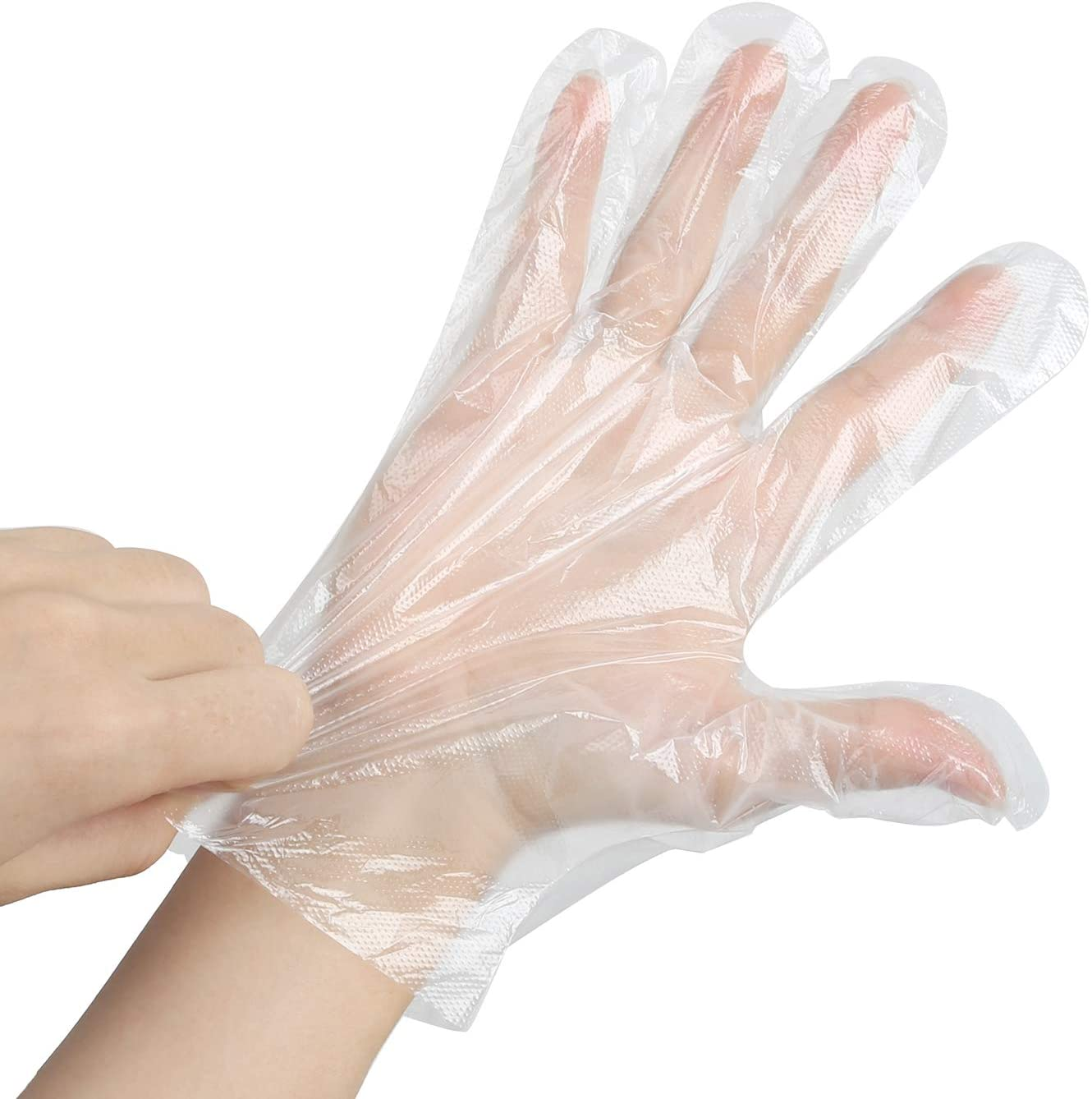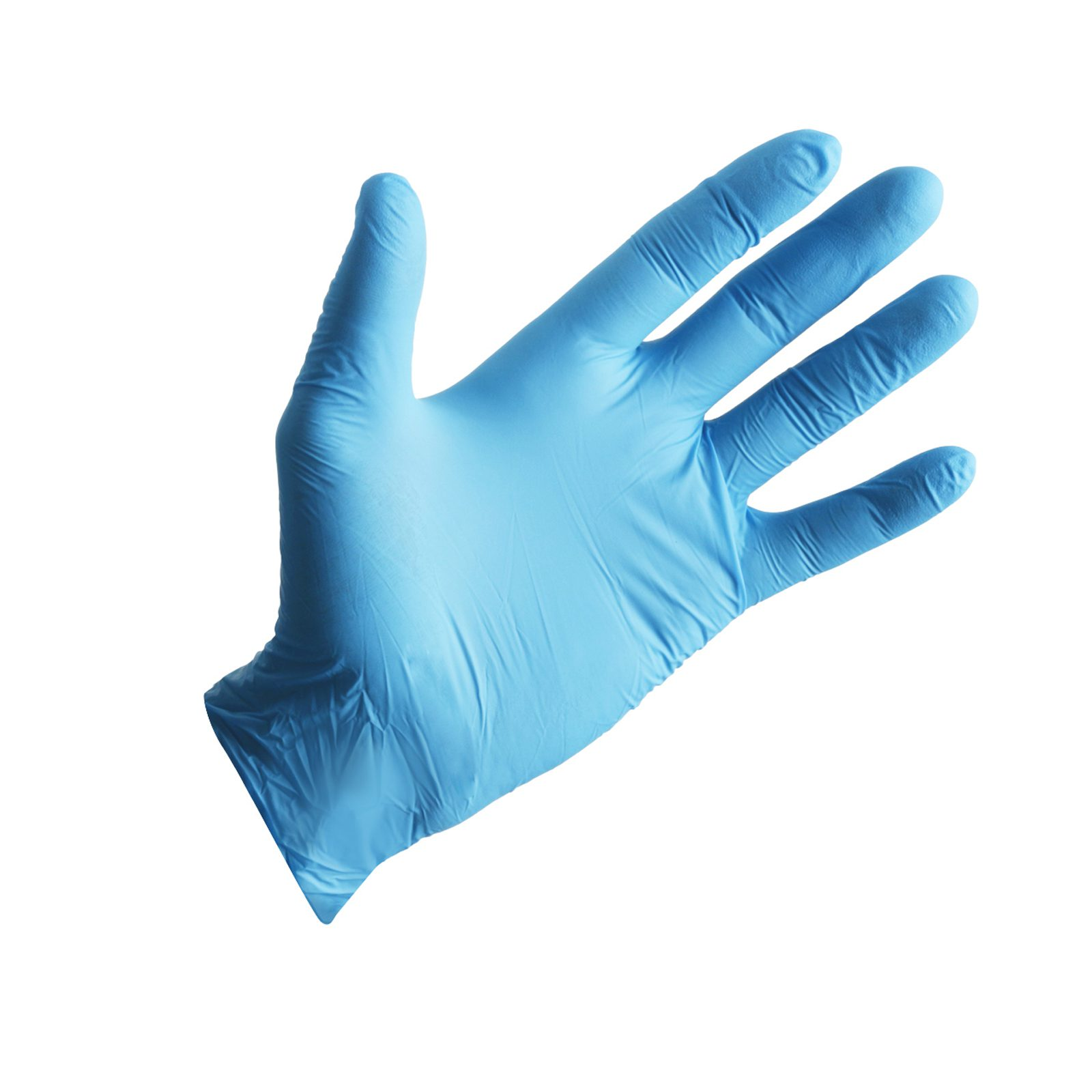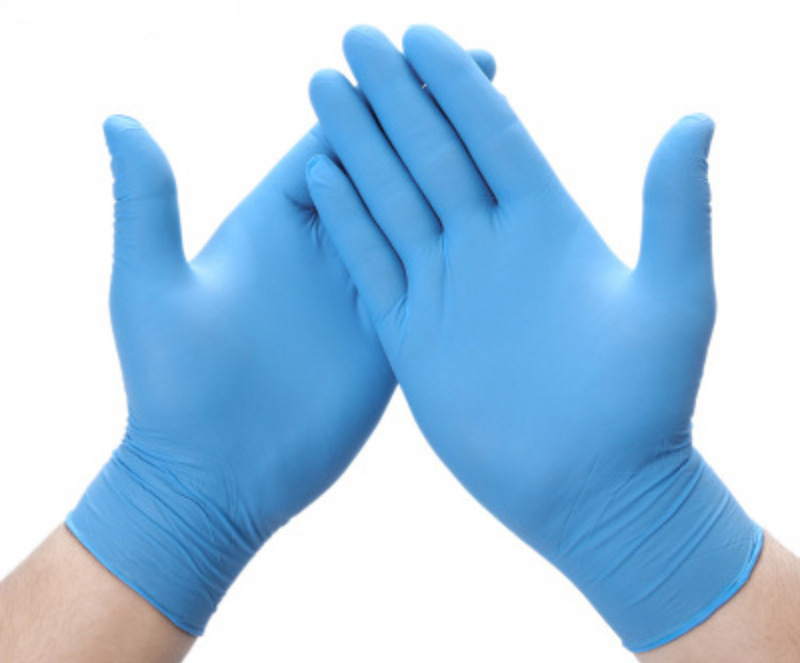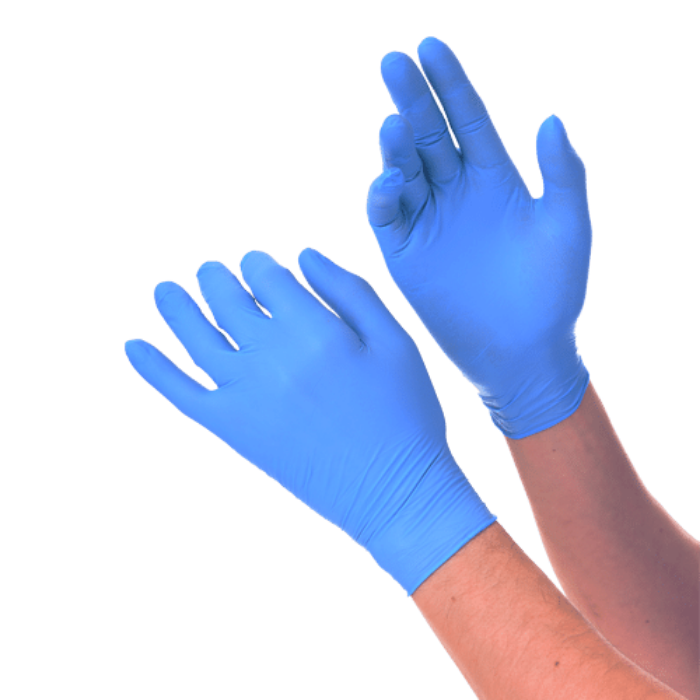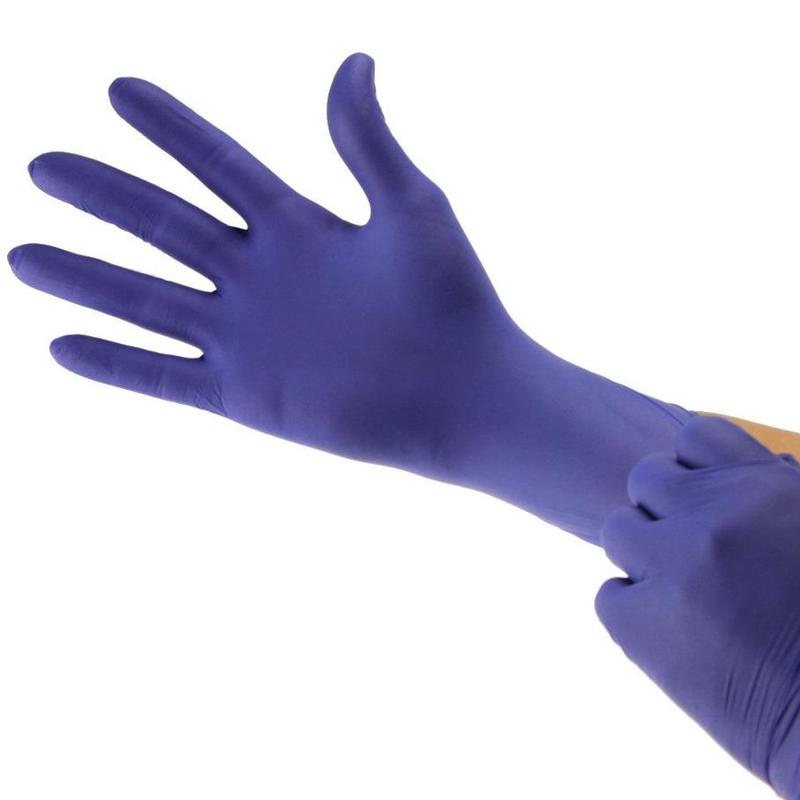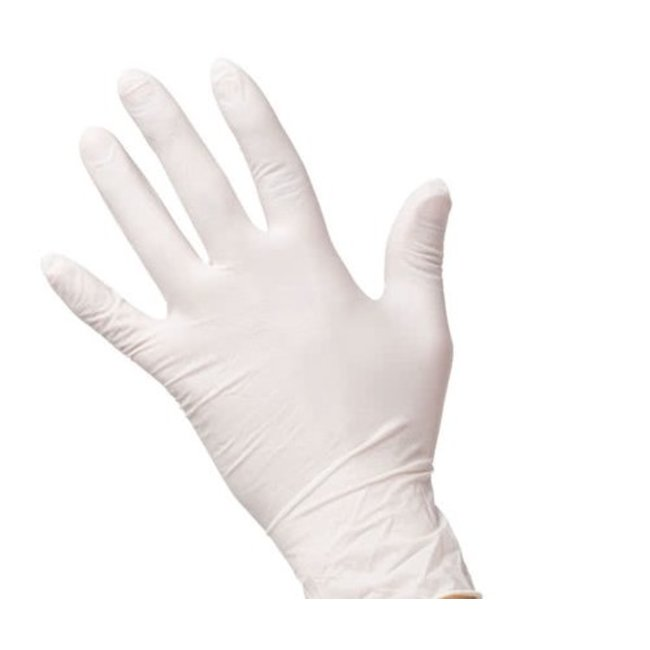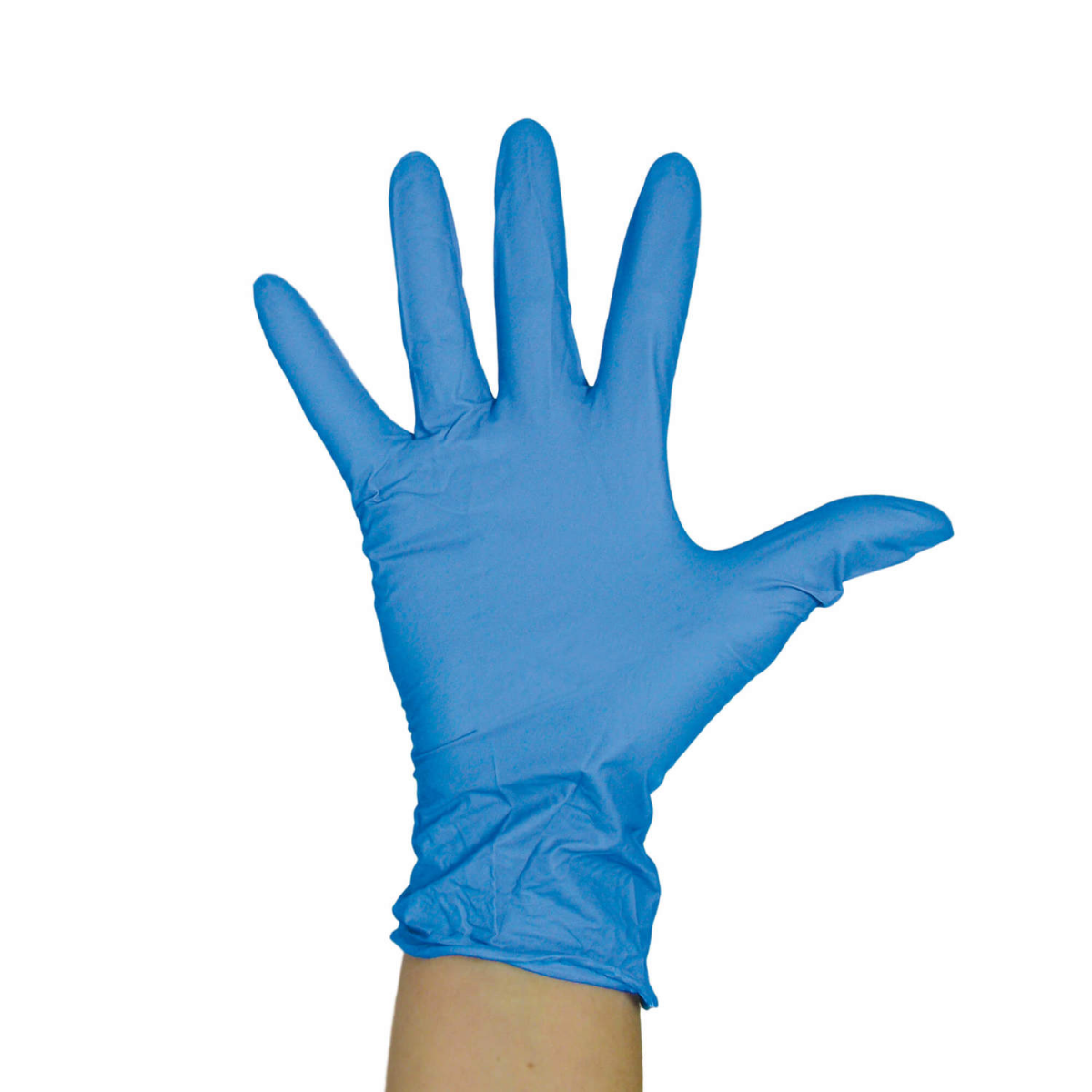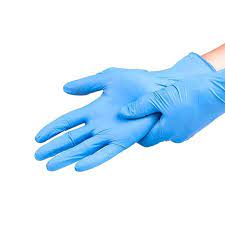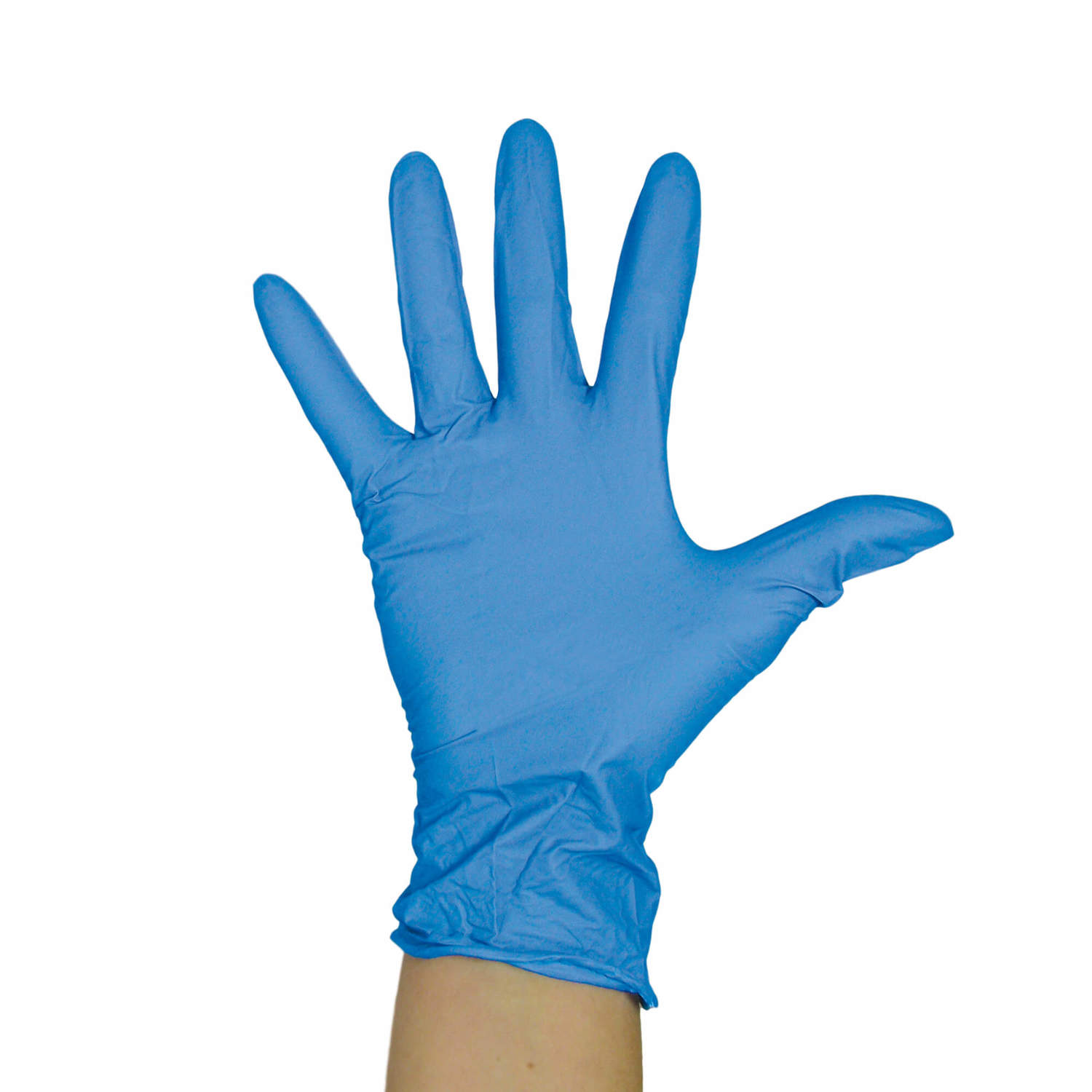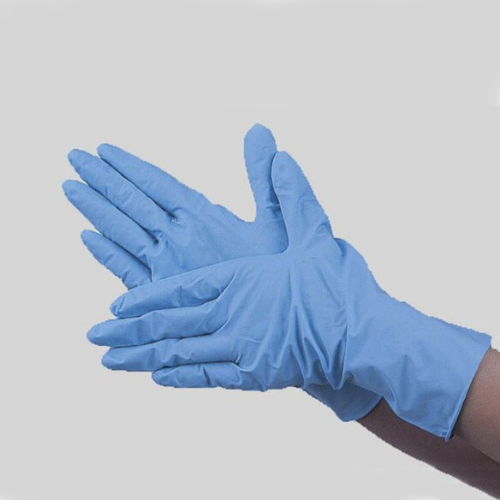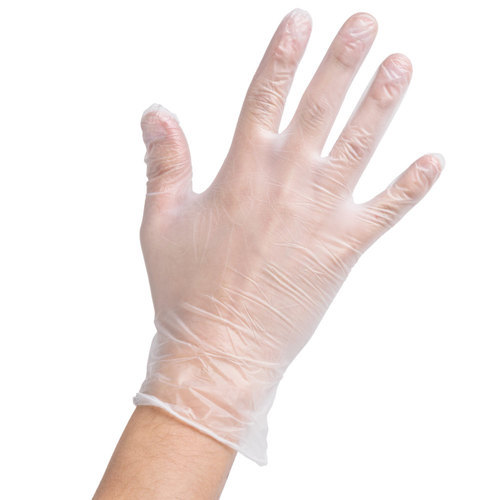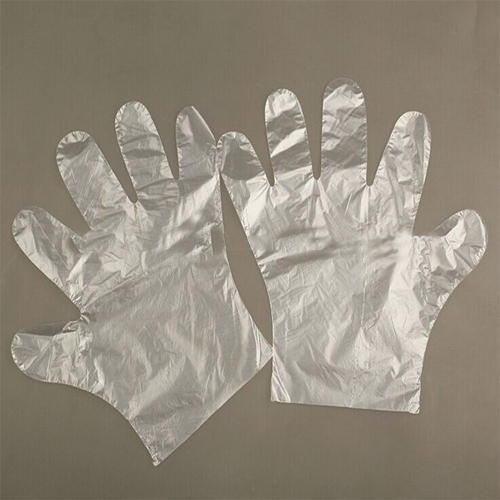
The Polythene Gloves is part of the group of PPE (Individual Protection Equipment) common to protect workers in specific activities, such as hygiene and cleaning. This glove model is very popular among health and aesthetic professionals. This works as an excellent protective barrier against invasive microorganisms.
We have prepared this post that explains how manufacturers make polythene gloves. Follow the reading and ask all your questions about this subject!
Polythene glove fabrication material
This type of Polythene Gloves is made of natural rubber. It is the famous polythene which, as we know, is a vegetable resin extracted from the sap of the rubber tree. This material is also the raw material for a series of common items in our daily lives, such as tires, hoses, condoms, among others.
As it is a plant extract product, some people may have polythene allergies. Allergic reactions usually manifest as skin irritations, but can progress to more serious complications.
There are basically two Polythene Gloves segments: disposable and reusable. Next, we list the characteristics and indications of each one of them.
Disposable gloves segment
Disposable gloves are:
- non-sterile (with the exception of surgical Polythene Gloves, which are sterile);
- with or without the presence of starch powder inside the glove;
- they have their application in works and procedures that characterize the constant disposable of gloves;
Reusable gloves segment
This type of glove divided into two patterns
- Without textile support: structurally made of polythene resin, without lining.
- When they are fitted with a lining (usually with cotton flakes), it has the function of absorbing excess sweat from the user's hand
- With textile support: structurally come in different fabrics (cotton or synthetic), with partial or total polythene coating.
Advantages of polythene glove
One of the great advantages of the Polythene Gloves is, without a doubt, the ergonomic comfort it provides to the user. This means that the employee will not have their movements compromised by the use of the accessory.
The hands and fingers will be able to move widely, with great agility, flexibility, grip and tactile sensitivity in the face of manipulated materials. In general terms, we can summarize its advantages as follows:
- great malleability and flexibility;
- greater tactile sensitivity;
- excellent mechanical protection;
- excellent protection against blood and other fluid pathogens;
- Great resistance against types of ketones.
When to use polythene gloves
There are a number of functions that demand the use of Polythene Gloves due to the protection and resistance they offer. Let's go to the main jobs that require its use:
- quality inspection work, especially when necessary tact;
- aesthetic jobs such as manicures, pedicures, waxing and eyebrow design;
- maintenance work due to the use of torque, traction and grip tools;
- works in civil construction due to the use of tools and transport of materials such as bricks, blocks, ceramics, sacks, carts, buckets etc.;
hygienic work and general cleaning.
Differences between polythene, nitrile and vinyl gloves
Now that you understand what a Polythene Gloves is, it's important to know the main differences between nitrile and vinyl glove:
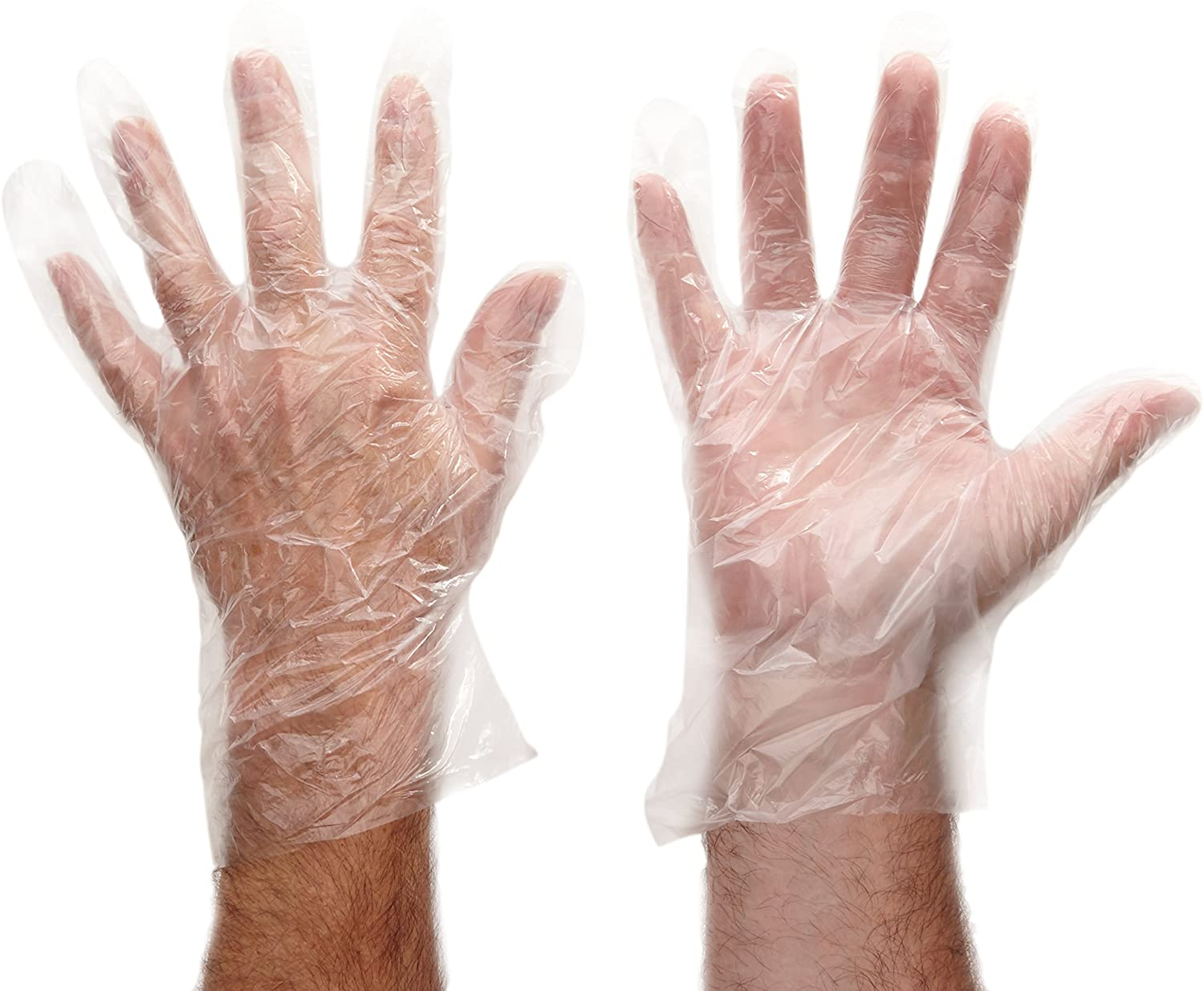
Nitrile: This is a type of glove developed with synthetic rubber. It also has disposable models, with or without textile support. It does not contain polythene proteins and offers excellent resistance to wear and corrosive substances.
Risks that the Polythene Glove Helps to Avoid
As we know, the use of Personal Protective Equipment (PPE's) is mandatory to prevent damage to the health and physical integrity of all workers. There are specific models of gloves for each activity. In the case of those made of polythene, non-use can cause from simple aesthetic inconveniences to more serious problems, such as contamination.
Therefore, its use is essential in several sectors. In agriculture, landscaping and gardening tasks, for example, Polythene Gloves protect the hands from the action of chemical.
Use and conservation of polythene gloves
First of all, it is very important to identify the correct size of gloves for each person. Also, when using it, it is best to remove wedding rings, rings and bracelets, considering that these objects can lead to tearing or perforation of the Polythene Gloves.
In the case of reusable models, the professional must clean them by washing them with neutral soap. This practice will prevent bad odor and the proliferation of bacteria and viruses.
Expiry date of
It is important to emphasize that, even if the gloves are not disposable, they have an expiration date. So, as they are common, the risk increases, taking into account that they will suffer wear and tear due to time. For this reason, it is essential to respect this deadline, and buy only equipment that has the Certificate of Approval (CA) up to date.
Another relevant point is to carefully observe the manufacturer's instructions according to the product's technical sheet.
Correct disposal of the polythene glove
It is the company's responsibility to classify and discard personal protective equipment that comes into contact with biological contaminants, such as in hospitals, laboratories, dental offices, among others. Another relevant point is to carefully observe the manufacturer's instructions according to the product's technical sheet.
Correct disposal is not only a way to contribute to the environment, but also an action to avoid putting other people at risk. Identifying materials as harmful to health is our responsibility.
Instruction’s about wasting of Polythene Gloves
There are some situations, such as in the case of disposable Polythene Gloves, that the material destroys to avoid reuse. Waste is easy to separate into two classes, and this will directly impact the resource to be common to make the correct disposal:
Class I Waste – Hazardous: PPE that is easy to contaminate with use, such as gloves. In this case, they need to co-process;
Class II Waste: Non-Hazardous - is those that do not suffer any type of contamination, but becomes unsuitable for use due to its wear. In this case, they must dispose of in the common garbage.
Conclusion
Now that you understand a little more about the Polythene Gloves. And the importance of having a reliable supplier, get in touch with us and talk to a consultant to learn about our products!
